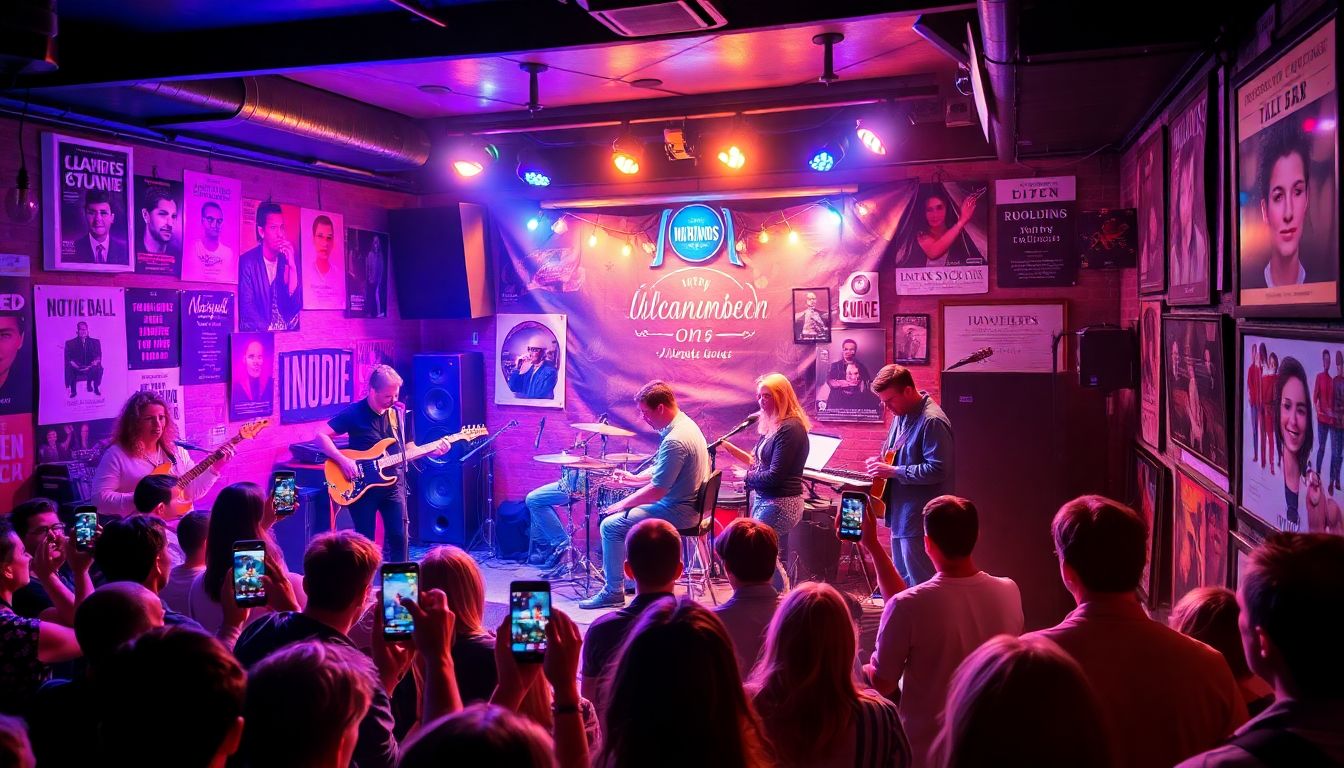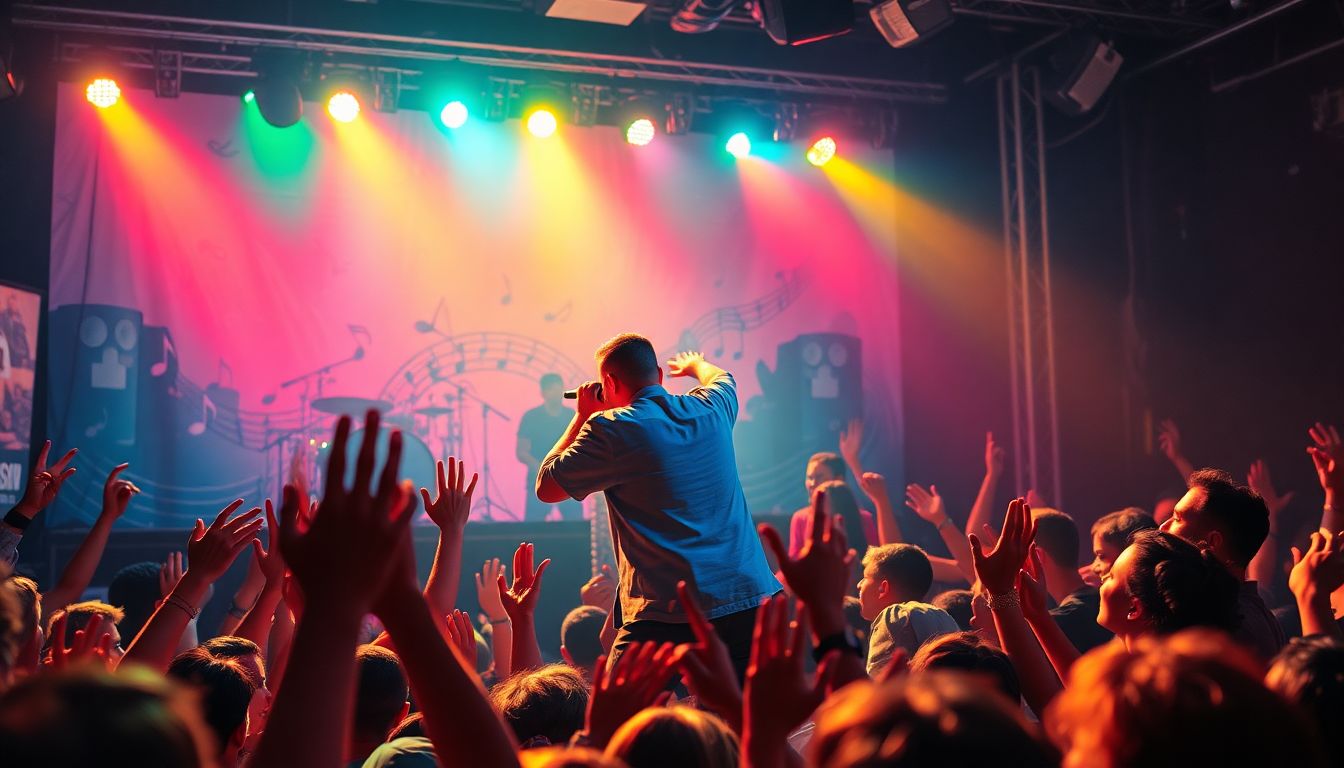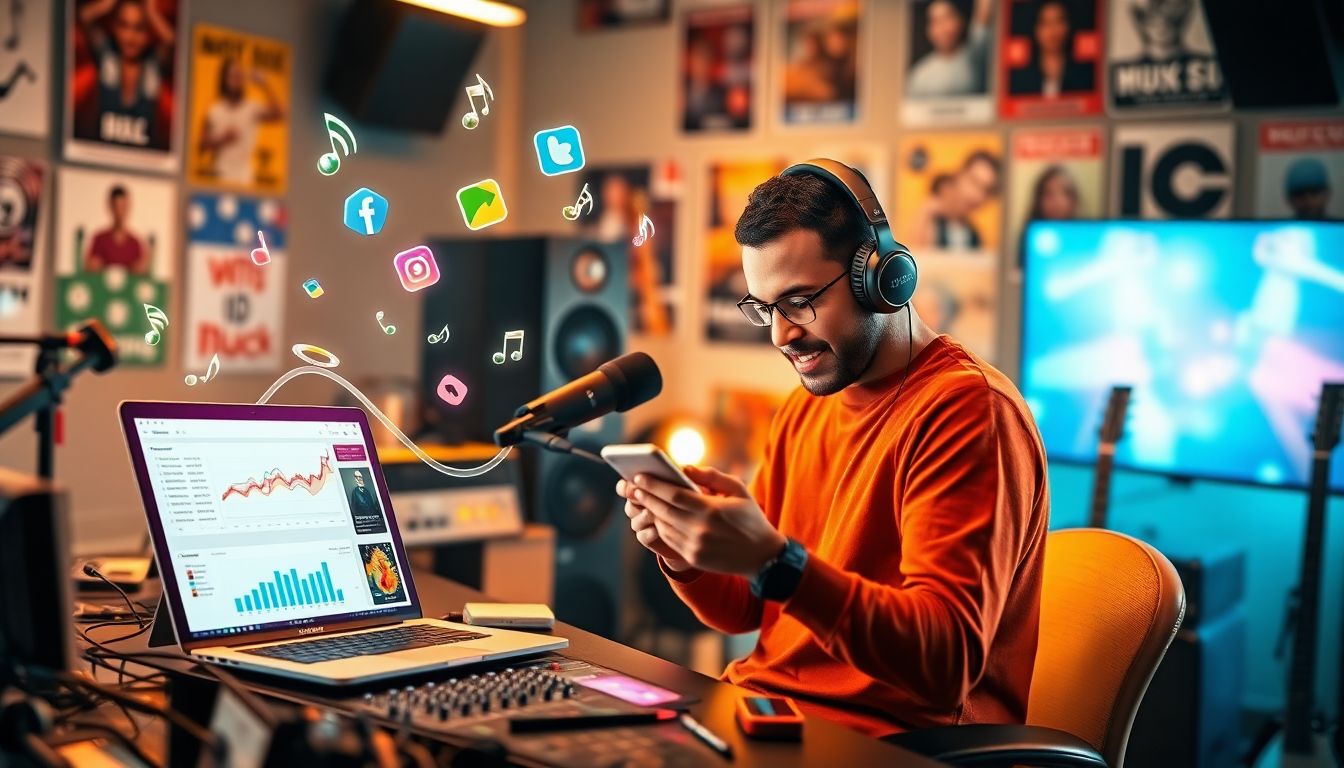Ultimate Guide to Indie Music Promotion

Introduction
Indie music has exploded in popularity over recent years. From underground clubs to Spotify playlists, indie artists now find more ways to reach fans worldwide. But with so many new acts competing, standing out becomes tough. For independent artists, smart promotion is key to gaining recognition and building a loyal fanbase. It’s not just about making good music anymore — it’s about knowing how to get it in front of the right people.
Understanding Indie Music Promotion
Defining Indie Music Promotion
Indie music promotion means using special strategies to grow your presence without the help of big record labels. It’s about taking control of your career and finding ways to connect with listeners directly. Unlike traditional marketing, indie promotion leans on online tools, social media, and creative outreach to make your music heard.
The Indie Artist’s Unique Position
Being an indie artist gives you the freedom to shape your image and sound. You aren’t tied down to corporate rules, which is a big advantage. But, it also means you must do more work to stand out. Authenticity can be your biggest asset because fans love real stories and honest music. Showing your true self creates a stronger bond with your audience.
Key Goals of Indie Promotion
Your main aims should be:
- Boosting your visibility and name recognition.
- Growing a fanbase eager to share your music.
- Increasing streams, digital sales, and live show attendance.
Building a Strong Online Presence
Creating a Professional Website and Branding
Your website acts as your home base. It should look good, be easy to navigate, and clearly show who you are. Use striking visuals, consistent colors, and your own logo. Make it simple for visitors to find your music, tour dates, and contact details.
Leveraging Social Media Platforms
Choose platforms that match your style and audience. Instagram and TikTok are great for quick visuals and short clips. Twitter helps you connect with fans and industry folks fast. Facebook remains useful for event promotion. Post regularly, mix up photos, videos, and updates to keep fans engaged.
Utilizing Streaming Platforms Effectively
Ensure your profiles on Spotify, Apple Music, and SoundCloud are polished. Use catchy bios and eye-catching cover images. Getting on playlists can skyrocket your streams. Reach out to curators or submit your songs to playlists that match your genre.
Developing a Content Marketing Strategy
Content Types for Indie Promotion
Share different kinds of content:
- Music videos or lyric videos to showcase your songs.
- Behind-the-scenes looks at recording or life on the road.
- Blog posts telling your story and sharing insights into your process.
Creating Shareable Content
Content should be fun, relatable, and easy to share. Think about viral challenges or quirky videos. Collaborate with other artists or influencers to expand your reach. When fans share your stuff, it’s like free advertising.
Consistency and Scheduling
Stick to a posting schedule. Use a content calendar to plan ahead. Check analytics regularly; see which posts get the most attention and adapt your strategy accordingly.
Digital PR and Media Outreach
Building Relationships with Music Bloggers and Influencers
Identify bloggers and influencers who support indie music. Send them personalized messages with your music and story. Be genuine and offer value — maybe an exclusive track or interview.
Maximizing Press Opportunities
Create compelling press releases for new releases or big gigs. Keep your pitches personal and to the point. Tailor your message to each journalist or blog — show why your story matters to their audience.
Utilizing Music Distribution Services
Distribute your music through services like TuneCore, DistroKid, or CD Baby. They deliver your songs to all streaming platforms quickly. This saves time and helps you reach a global audience right away.
Live Performance Promotion and Audience Engagement
Promoting Gigs and Festivals
Use social media to announce dates and share updates. Reach out to local newspapers, radio stations, and community groups to spread the word. Use posters and flyers in your town as well.
Developing a Fan Community
Build an email list or newsletter to keep fans updated. Offer exclusive content like early song releases or behind-the-scenes videos. Create merchandise that fans want to wear and share.
Using Live Streaming and Virtual Events
Platforms like YouTube Live, Twitch, or Instagram Live let you perform from home. Virtual shows can reach fans worldwide. Engage viewers with chat, Q&A sessions, and giveaways to make it personal.
Collaborations and Networking
Partnering with Other Independent Artists
Work on joint projects or share each other’s music. Cross-promoting can introduce you to fresh audiences. It also helps build a supportive community of indie musicians.
Engaging with Industry Professionals
Attend music conferences, online forums, and industry events. Connect with booking agents, managers, or small label reps who might help your career grow.
Engaging with Fans and Supporters
Respond to comments, messages, and shoutouts. User-generated content, like fan covers or remixes, boosts your visibility. Show appreciation openly to encourage loyalty.
Measuring Success and Refining Strategies
Analytics and Data Tracking
Use Spotify for Artists, social media insights, and YouTube analytics to see what’s working. Track increases in followers, streams, and engagement. Data helps you understand your audience better.
Adjusting Campaigns Based on Data
Test different content styles or posting times. Switch strategies if something isn’t working. Stay flexible and keep experimenting to find what resonates most.
Lessons from Successful Indie Campaigns
Look at artists like Clairo or Tame Impala — they built fanbases through honest storytelling and social media. Their success shows authenticity and consistency matter most.
Conclusion
Promoting indie music takes effort, patience, and the right plan. Focus on staying true to your voice, being consistent, and using data to refine your approach. With a multi-channel strategy that mixes online presence, content, and live shows, your music can reach a broader audience. Keep pushing, stay authentic, and watch your sound grow into a movement.



